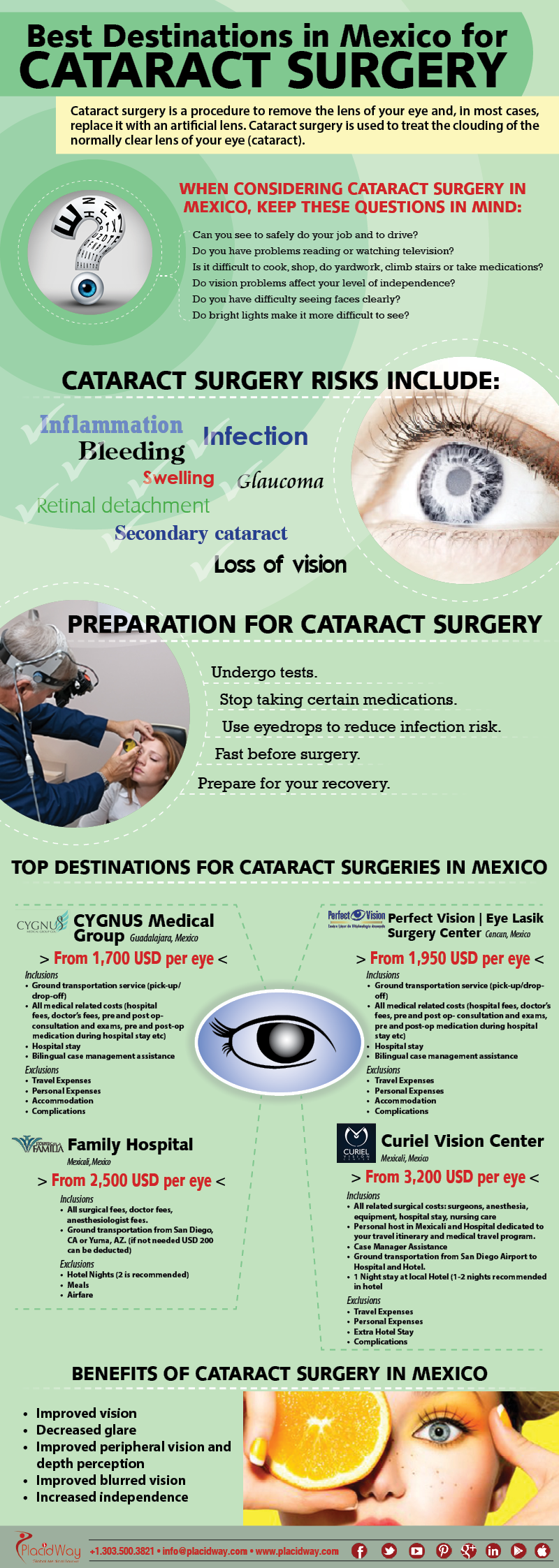Curious Regarding The Differences Between SMILE, LASIK, And PRK Eye Surgeries?
Curious Regarding The Differences Between SMILE, LASIK, And PRK Eye Surgeries?
Blog Article
Content Writer-McNamara Michelsen
If you've been thinking about SMILE eye surgery, you might question exactly how it compares to LASIK and PRK. Each procedure has its very own collection of benefits and considerations. From quicker recuperation times to potential threats, there are key differences you need to understand prior to deciding. Recognizing these differences will help you make an enlightened choice that straightens with your specific needs and expectations. Curious to know even more about exactly how these treatments compare in detail? Keep on discovering to get an extensive understanding of SMILE, LASIK, and PRK.
SMILE Eye Surgical Treatment Introduction
If you're thinking about SMILE eye surgical treatment, you'll locate it to be a minimally intrusive treatment with a fast healing time. Throughout SMILE (Small Incision Lenticule Extraction), a laser is made use of to develop a little, precise laceration in the cornea to eliminate a small item of tissue, reshaping it to correct your vision. This differs from LASIK, where a flap is created, and PRK, where the external layer of the cornea is entirely eliminated.
Among the key advantages of SMILE is its minimally invasive nature, leading to a faster healing process and less discomfort post-surgery. The recovery time for SMILE is fairly fast, with many clients experiencing improved vision within a day or 2. This makes it a preferred selection for those looking for a hassle-free and reliable vision modification treatment. Additionally, SMILE has been shown to have a reduced threat of completely dry eye syndrome contrasted to LASIK, making it a favorable choice for people concerned about this prospective side effect.
Distinctions In Between SMILE, LASIK, and PRK
When comparing SMILE, LASIK, and PRK eye surgeries, it is essential to understand the distinct techniques utilized in each treatment for vision adjustment.
SMILE (Tiny Incision Lenticule Extraction) is a minimally invasive treatment that includes creating a small cut to extract a lenticule from the cornea, improving it to remedy vision.
LASIK (Laser-Assisted In Situ Keratomileusis) includes developing a thin flap on the cornea, utilizing a laser to reshape the underlying tissue, and then rearranging the flap.
can cataract surgery cause a stroke (Photorefractive Keratectomy) eliminates the external layer of the cornea before reshaping the cells with a laser.
The primary difference depends on the method the cornea is accessed and dealt with. SMILE is flapless, making it a good option for individuals with slim corneas or those associated with contact sporting activities. LASIK uses rapid aesthetic healing because of the flap production, yet it might posture a higher threat of flap-related issues. PRK, although having a longer recovery duration, prevents flap-related problems completely.
Comprehending https://rowanejoty.liberty-blog.com/26671590/checking-out-the-connection-between-dry-eye-and-time-spent-looking-at-screens is crucial in choosing one of the most appropriate procedure for your vision adjustment demands.
Benefits And Drawbacks Contrast
To evaluate the advantages and drawbacks of SMILE, LASIK, and PRK eye surgical procedures, it's important to take into consideration the certain advantages and potential constraints of each procedure. SMILE surgical treatment offers the advantage of a minimally invasive treatment, with a smaller cut and possibly quicker recovery time contrasted to LASIK and PRK. It likewise decreases the threat of dry eye post-surgery, a typical side effect of LASIK. Nonetheless, SMILE may have restrictions in treating higher degrees of nearsightedness or astigmatism compared to LASIK.
LASIK surgery offers quick visual recovery and marginal discomfort throughout the procedure. It's highly efficient in treating a wide variety of refractive errors, including nearsightedness, hyperopia, and astigmatism. Yet, LASIK brings a danger of flap problems, which can impact the corneal framework.
PRK eye surgical treatment, while not as prominent as LASIK, stays clear of creating a corneal flap, reducing the risk of flap-related problems. It's suitable for individuals with thin corneas or irregular corneal surfaces. Nevertheless, PRK has a much longer recovery time and might include extra pain throughout the healing procedure.
Conclusion
So, when it concerns choosing between SMILE, LASIK, and PRK, consider it like picking the ideal set of shoes. SMILE is like a sleek, comfortable set of tennis shoes - fast and simple.
LASIK is much more like stylish high heels - flashy and quickly, yet with some potential risks.
PRK is like strong hiking boots - reputable and sturdy, however requiring a bit more effort and time.
Inevitably, Recommended Web page depends on your specific needs and choices.
